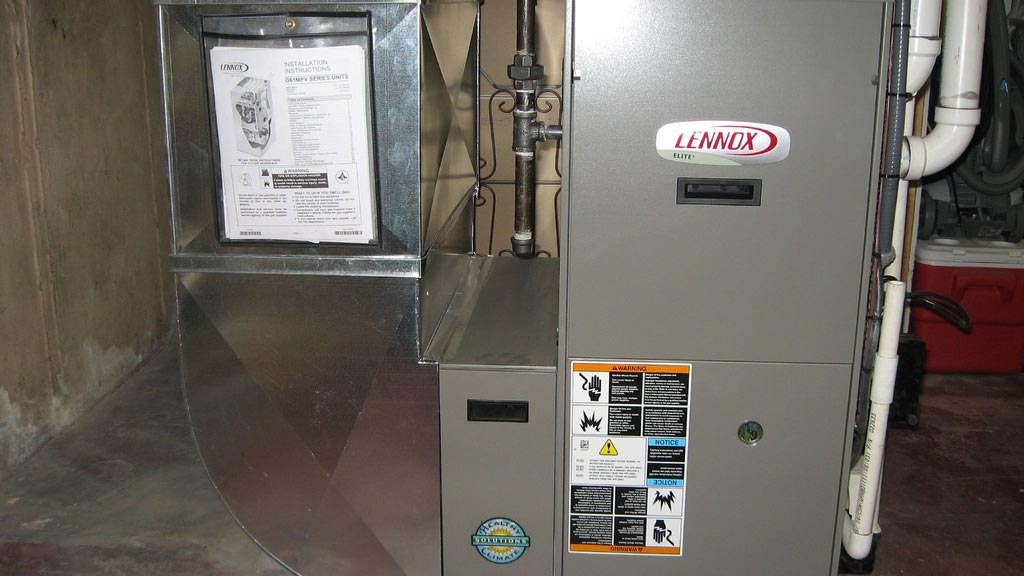
What size furnace do I need? First, you need to determine the square footage of your home. To determine how big of a furnace you need, measure the length and width of each room in your home and multiply those measurements to determine the square footage of the house. Adjust your measurements accordingly since most furnace size charts assume the ceiling height to be eight feet. You should also not include rooms without ductwork or a sunroom.
Calculating the BTU output needed for your climate in the winter
To calculate the BTU output needed for your climate in winter, you must know its zone. For instance, the southern climate zone requires around 30 to 40 BTU per square foot of floor. You need about 40 to 45 BTU per square foot in the middle climate zone. In the northern climate zone, you need up to 60 BTU per square foot of floor area. Typically, the warmer or colder the climate outside is, the more BTU output you will need to heat your home.
If you live in Atlanta, Georgia, you should input a higher number in the climate zone. Temperatures in Atlanta can drop to as low as 30degF. Most people want a temperature of 75degF. Those living in more extreme climates need a much higher BTU output. However, there are some steps that you should take to determine the BTU output required for your climate in the winter.
Getting an accurate result
When buying a new furnace, you may wonder what the estimated energy usage will be. In general, new furnaces have a sticker that indicates how many units of energy they’ll use in a year. The sticker is a rough estimate – other figures will vary. However, you can figure out how much your new furnace will save you in the long run. For example, a new furnace can save you up to $700 per year in energy costs.
When deciding on the size of your new furnace, it’s essential to consider the square footage of your home. The capacity of a furnace, or BTUs, will determine how warm your home will be. Different spaces have different BTUs of capacity, and you need to consider window efficiency, air leakages, and the number of occupants in the house. A higher BTU capacity will keep your home warmer than one too small.
Effects of windows on furnace sizing
Windows can have a considerable effect on the size of your furnace. Older windows and large openings can let heat escape, so you might need a larger furnace than you thought. However, if you have a second floor, you will likely have more insulation in that area, so you may only need a smaller furnace. A professional can calculate the energy your windows are wasting, determining how big your furnace should be.
Another consideration when choosing the right size furnace for your home is the overall design. Those with south-facing windows will enjoy greater natural sunlight in winter, which means a smaller furnace. But if your home is south-facing, you could take advantage of this natural heat to avoid oversizing. And if you have tall ceilings, you may be able to get away with a lower-wattage furnace.
Choosing a variable-speed blower
In addition to offering improved humidity control, variable-speed blowers are also ideal for improving indoor air quality. They can operate at lower speeds to help maintain a comfortable temperature and distribute heat throughout the house to ensure the utmost comfort. In addition, a variable-speed blower can increase efficiency, providing a better return on investment over the furnace’s life.
A variable-speed blower is an excellent investment in a furnace. Not only is it quieter, but it also gradually ramps up to higher speeds. While continuous air circulation helps maintain a constant temperature inside a home, intermittent air circulation can shorten a furnace’s life. In addition, a variable-speed blower also extends the life of system components and increases the return on investment.